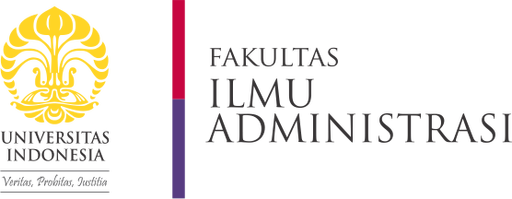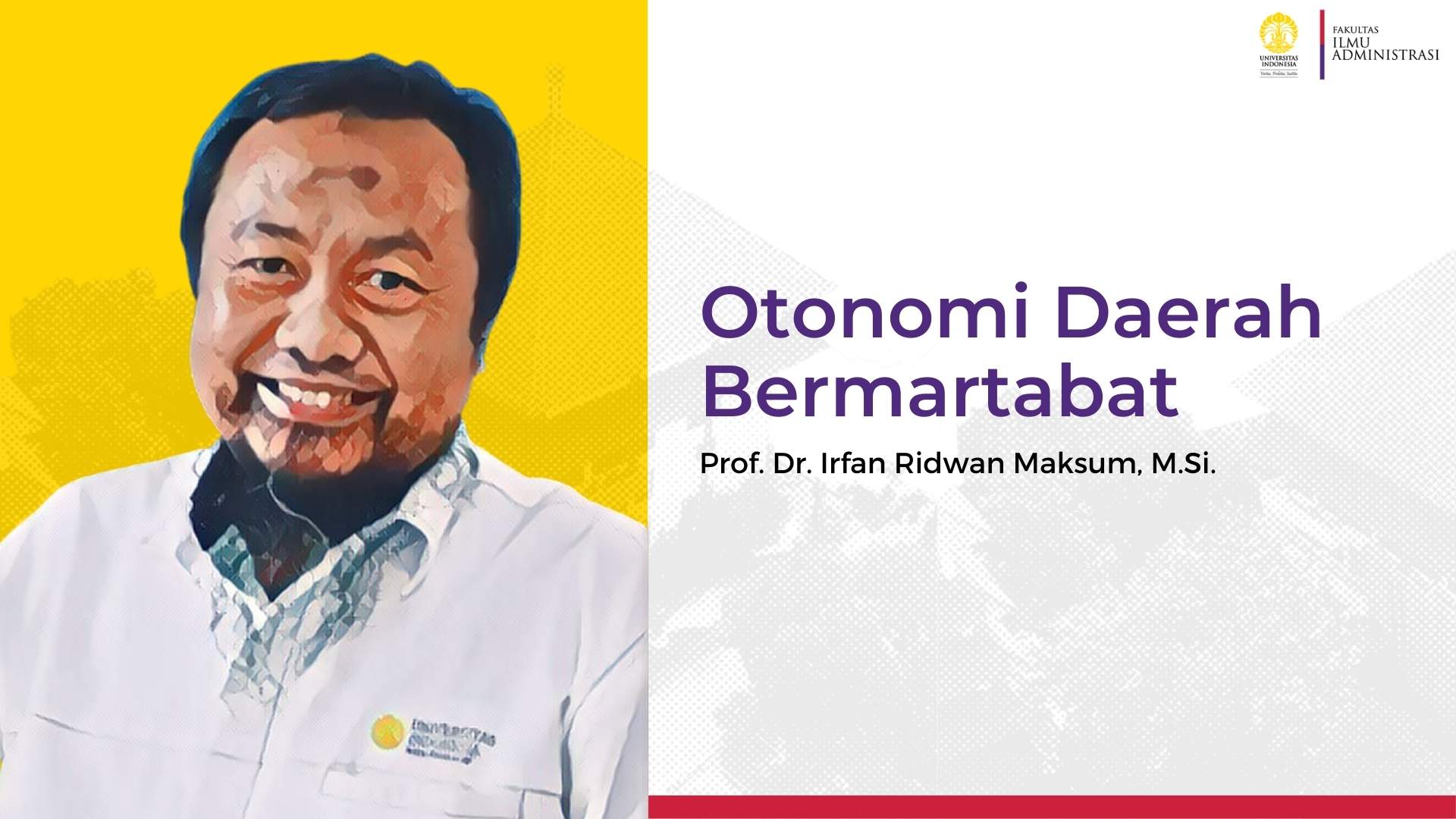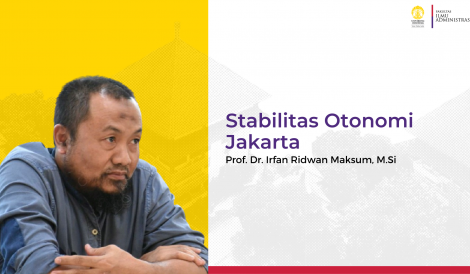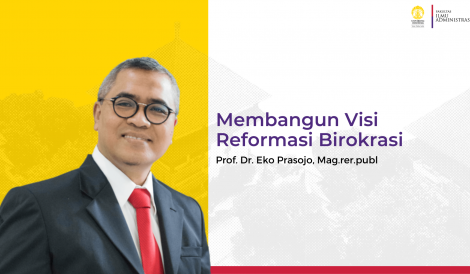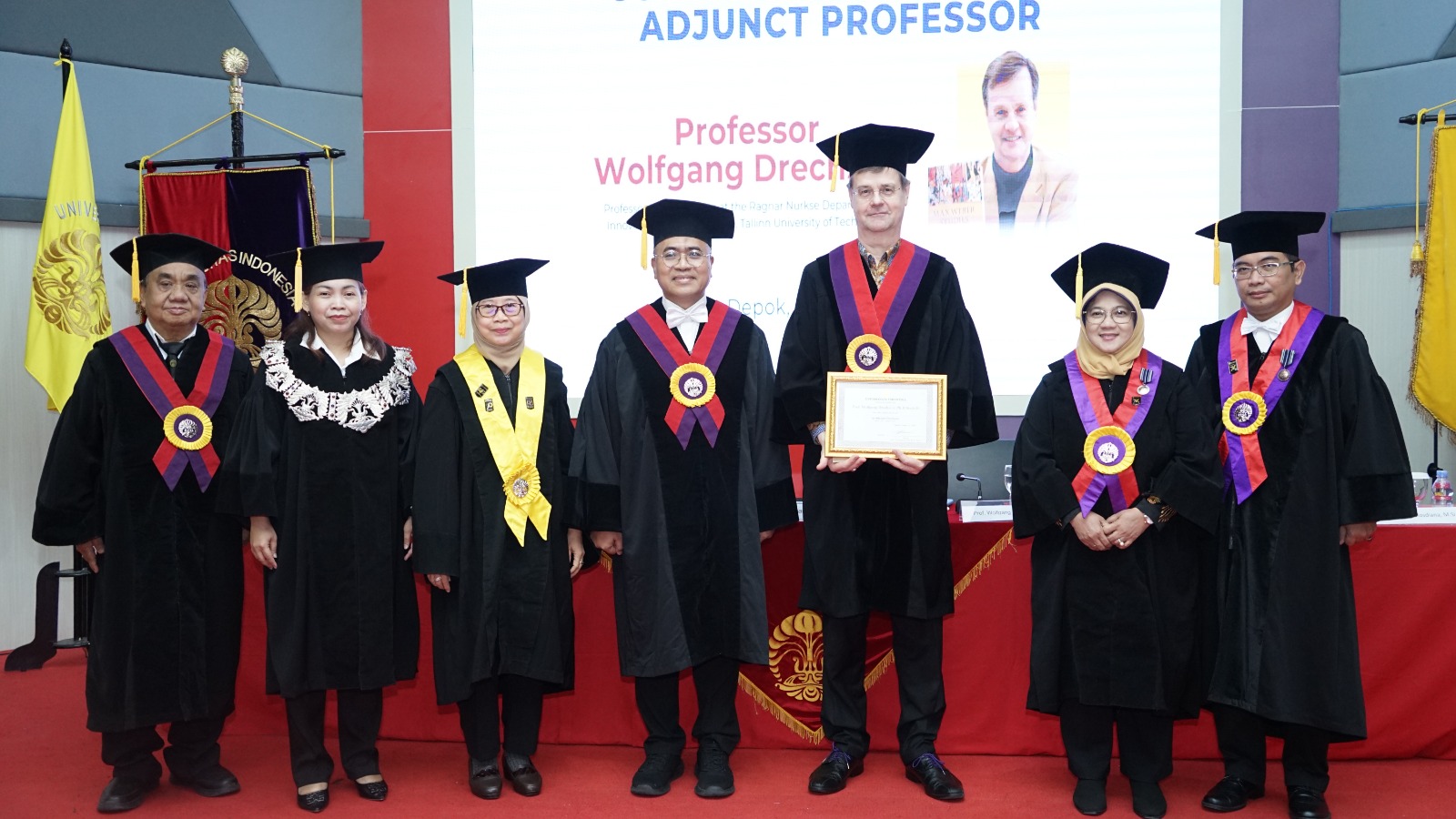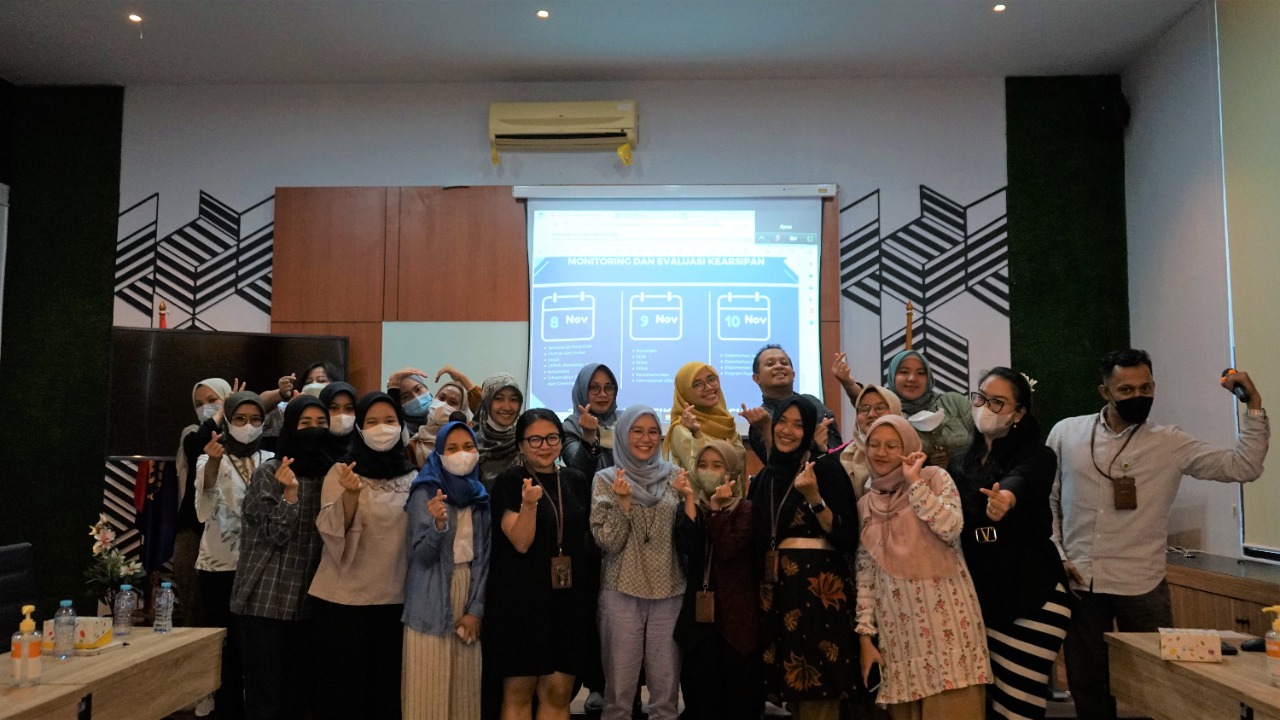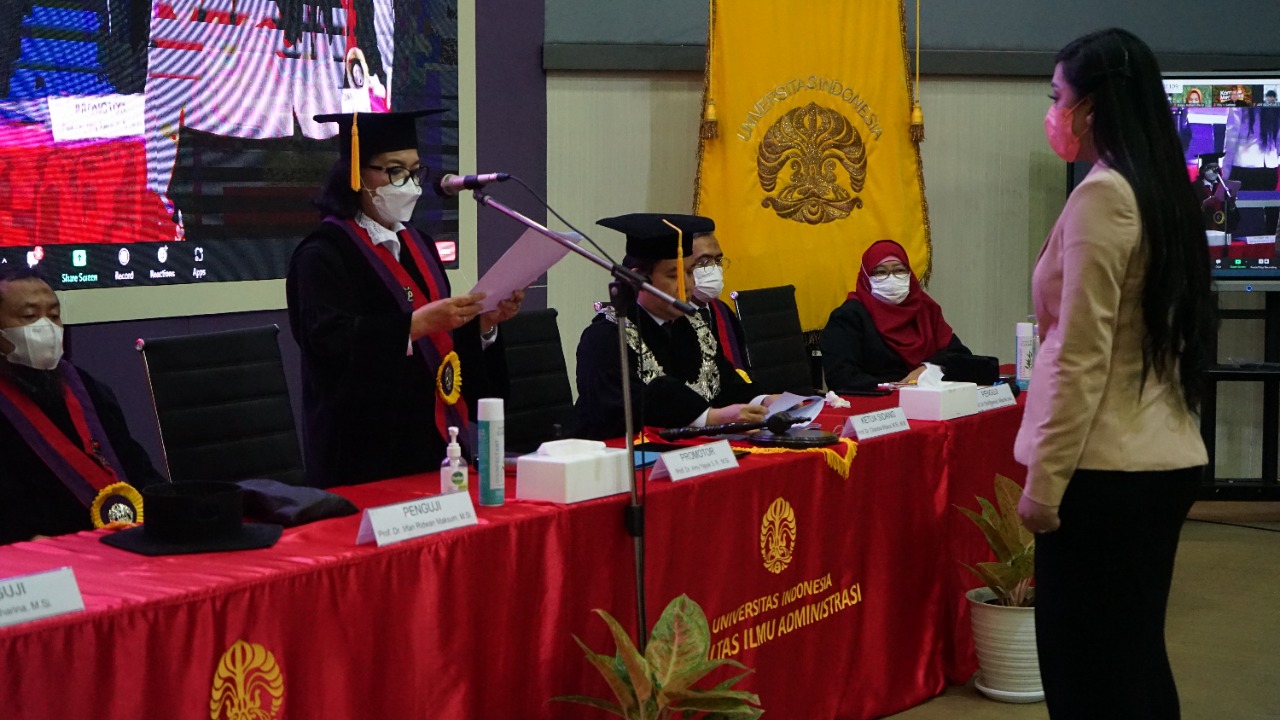Entering the era of the appointment of acting regional heads in nearly 300 regions, various complications have now emerged that cannot be underestimated in the practice of central-regional relations in Indonesia.
The reason for this is because the dimensions of the center-regional relationship in a nation-state involve complex aspects. This complex aspect often makes many parties hot, skeptical, and frustrated looking at the relationship between the center and the regions in a blind way according to the will of the center (the national elite).
As a result, there is a view from the regions that the center is becoming increasingly dominant in terms of what the regions have to do for the benefit of their people, regional autonomy is being emasculated. Of course, all of us must pay close attention to this for Indonesia’s progress, because regional progress brings Indonesia’s progress.
Basic character
Dignified regional autonomy is shown by the character it has. This character can be assessed as the basic character of the autonomy of a nation state. The character is formed by elements of the nation and therefore cannot be separated from the history of the nation.
Since the Dutch East Indies government, regional autonomy has been developed, which at one time was antithetical to the nation’s founding fathers because it had been brought into the federal system. The founders of the nation did not agree that Indonesia should have a federal form. Indonesia should remain in the form of a decentralized unitary state, as the nation’s founding fathers maintained after years of institutional formation by the Dutch East Indies Government (Hoessein: 2000).
Since the beginning, regional autonomy in Indonesia has recognized a system of government representatives. This was developed as an adhesive, integrator, and coordinator at the local level, because Indonesia’s local conditions are very diverse so that they are always in sync and harmony. This government representative plays the role of representing the head of the national government, not just representing certain government sectors, especially the Ministry of Home Affairs.
Now the government’s representation is only on the shoulders of the governor who is also the head of the provincial area. At the provincial level, the working areas of government representatives coincide symmetrically with those of the autonomous regions. Such a system has become known worldwide as the integrated prefectural system. Now, at the district/city level there are no prefectures.
However, every inch of the province where the regency/city is located is the working area of the prefecture, so that there could be an extension of the governor’s hand in all parts of the working area, not necessarily through the regent/mayor as in the Suharto era.
Only administrative area units are no longer recognized in the amended 1945 Constitution. Therefore, the working area of a government representative cannot stand alone in all corners of the Republic of Indonesia based on this Constitution, let alone form a smaller area within it, such as the National Capital (IKN) even with the title of authority. This violates the amended Constitution. The aroma of the 1945 Constitution before the amendment seemed more flexible than the 1945 Constitution which was amended.
In any country, the national interest is above the interests of the autonomous regions. However, the national interest does not kill the interests of the autonomous regions. These signs must be paid attention to by the ruling government and related bureaucracy, so that they understand the signs of regional autonomy, because it is easy to state national interests and can undermine autonomy if it is not properly understood.
Don’t let it get tangled
Another basic characteristic is that direct local elections are not recognized to elect the head of an autonomous region, but rather through the DPRD as the representative of the local people. However, a DPRD that is not Pancasilaist is typically formed.
DPRD in the basic character of Indonesia is a partner of local government and Pancasila. DPRD is part of the regional government institutions that are equally fighting for the interests of the people. Pancasila believes in deliberation for consensus, and there is no DPRD’s right to impeach a regional head in this matter. However, sanctions for violations committed by regional heads must still be upheld within the framework of Pancasila values.
The nation’s founding fathers, especially Bung Hatta, clearly rejected direct local elections as soon as they were stipulated in Law Number 1 of 1957, on the basis of the premise that direct regional elections could cause Indonesia to be torn apart. It has now been proven that prolonged conflicts have occurred as a result of direct regional elections, not to mention data on corruption of regional heads due to election costs and the election of corrupt leaders due to greedy behavior driven by ambitious local elections, far from the values of Pancasila.
However, the founders of the nation still allowed elections at the grassroots, village level. Village autonomy is foot autonomy, not local government within the Unitary State of the Republic of Indonesia, according to the nation’s founding fathers. Thus, villages in Indonesia should be asymmetrical with every inch of Indonesia’s territory because they are allowed to grow naturally according to their respective local characteristics, including in terms of village head elections.
The basic characteristic that makes regional autonomy dignified is that the autonomous regional bureaucracy is not an extension, let alone a subordinate, of the central bureaucracy.
Thus, the autonomous regions must be independent, capable, and able to understand the current national policies. The central government must enable autonomous regions if conditions are weak, not by intervention. Regional bureaucracy is a tool for decision makers in their own regions on behalf of their people to uphold dignified regional autonomy.
Continuing the basic character above, it is possible for the central hand to be present in the regions through vertical agencies in accordance with the distribution of functions that have been developed and should still exist because national interests inevitably emerge in the regions. It is not illegal for a central person to have an office in a region which can give birth to dignified central-regional collaboration, within the framework of proper basic co-administration or collaborative governance.
This basic character has far-reaching implications in all complex facets. Don’t let that complex aspect be allowed to get tangled and damaged. So, it’s time to fix it in the future ahead of the 2024 political year. Hopefully.
Irfan Ridwan Maksum, UI Professor of Public Administration; Chairman of the DeLOGO Study Center
published in the daily Kompas
